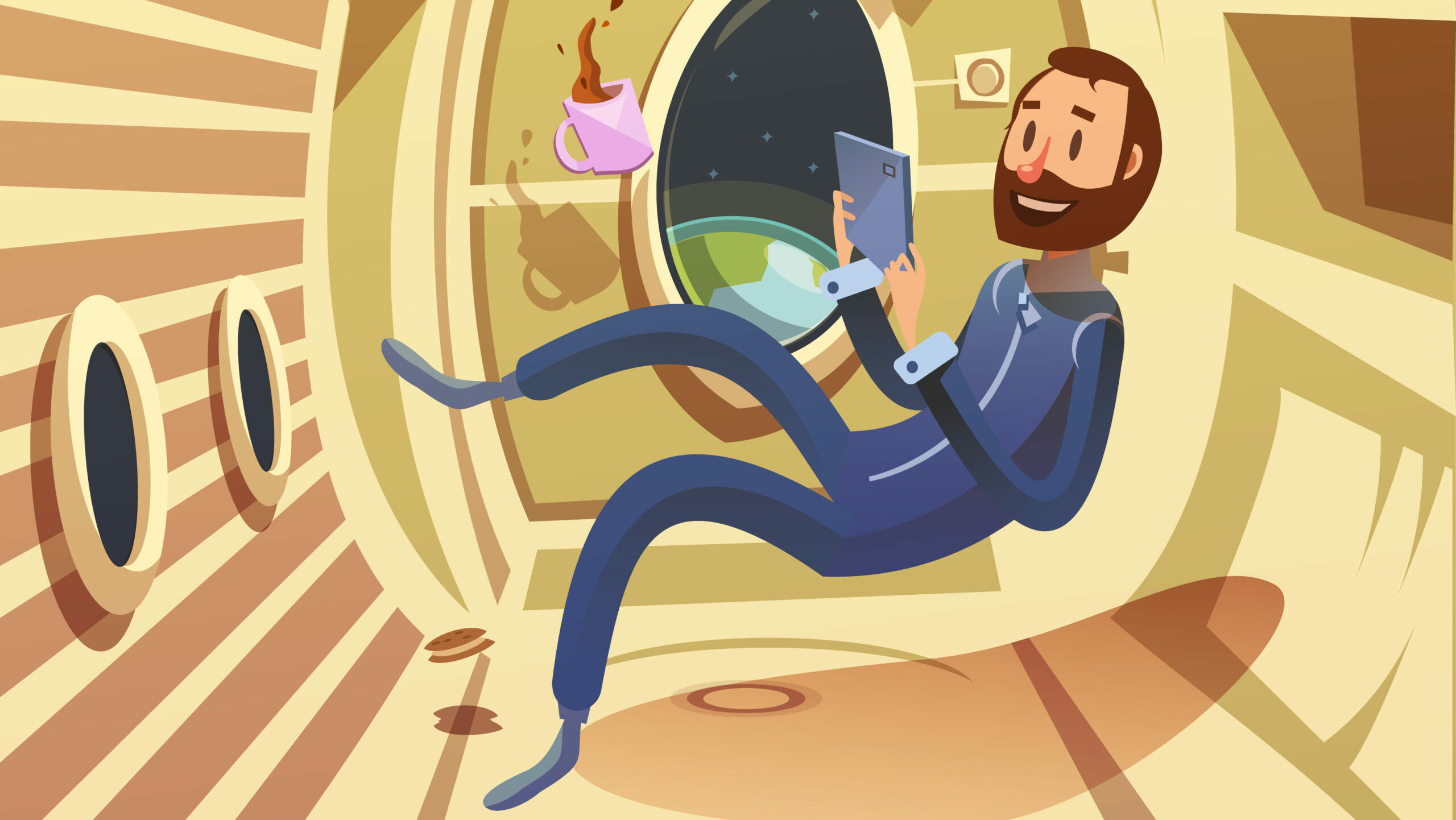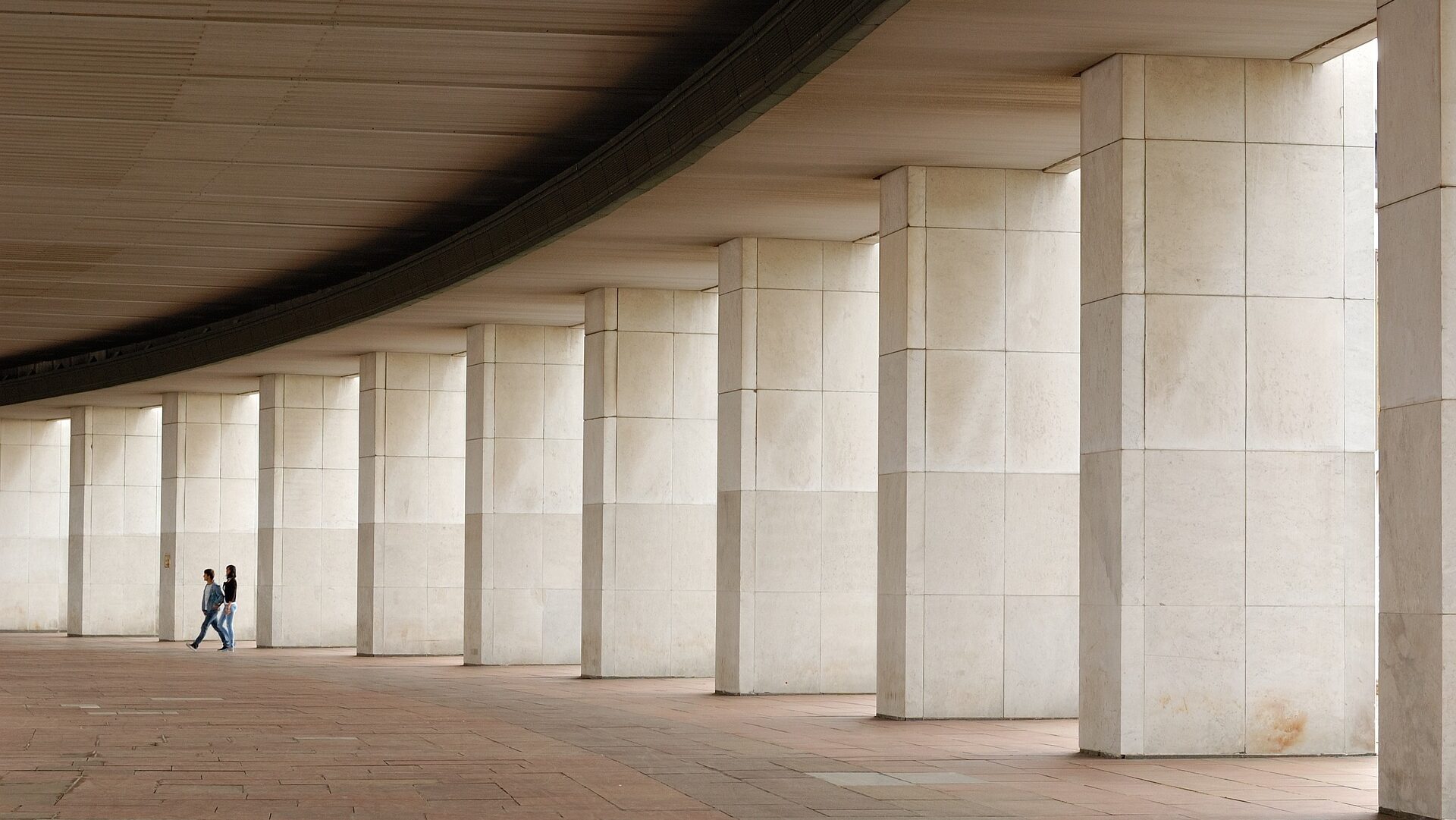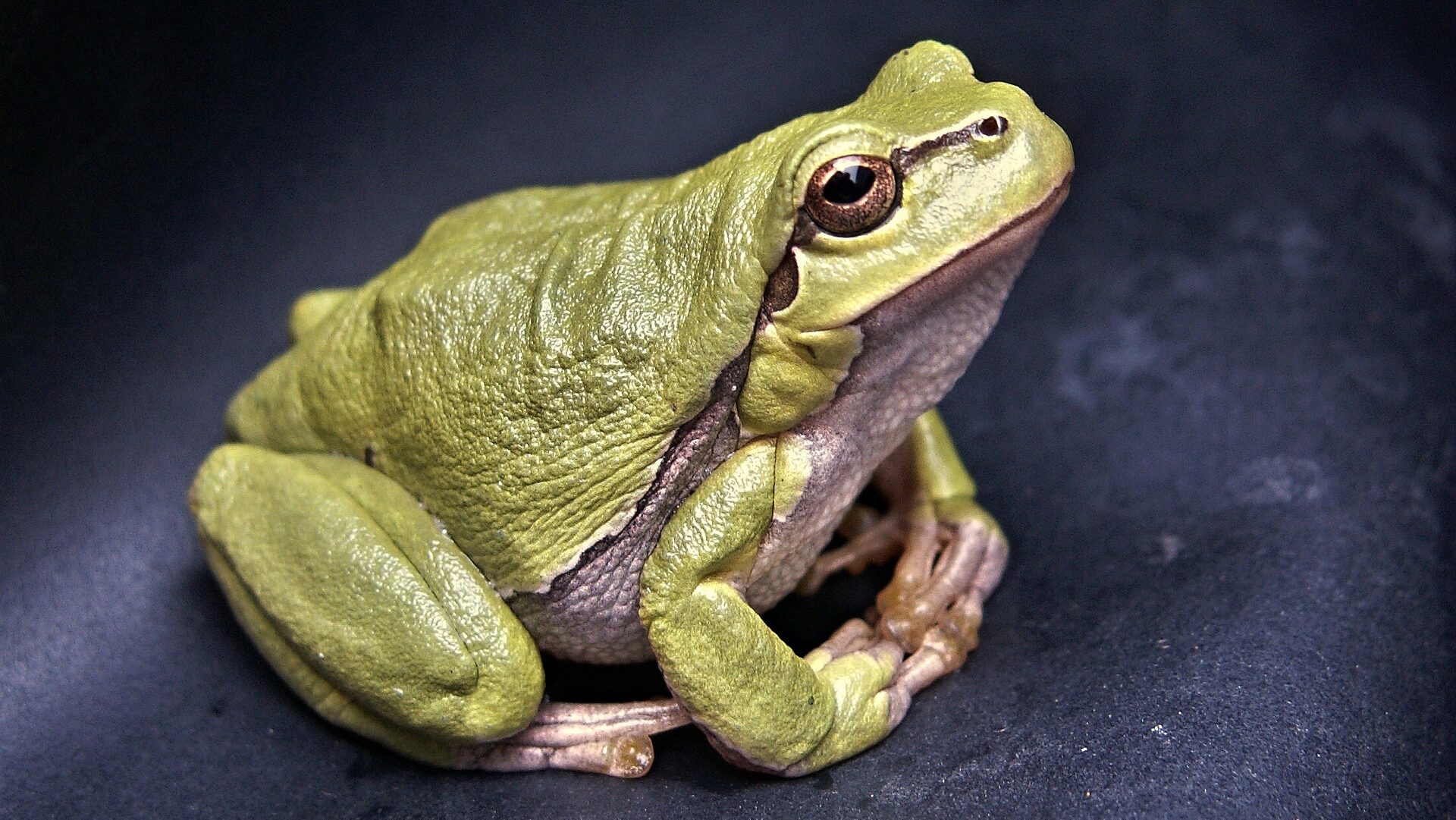Reading Time – 8 Minutes, Difficulty Level – 2/5
Amongst the starter pack of STEM-related occupations, it’s safe to say that everyone’s wanted to be an astronaut at some point— after all, who doesn’t want to travel into space? I mean you get to see the Earth like this!
Becoming an astronaut is hard work. You need to have at least a master’s degree (usually in a STEM field) along with two years of training and pass a notoriously intense physical test. Finally you get that email: you’re going to be on the next space mission!
But before you go charging off, gearing up, and saying goodbye, let’s slow down and talk a little bit. Of course, the team of engineers and scientists have prepared your spaceflight vehicle with the best possible materials to protect you from the harsh conditions of space (including extreme temperatures, high-energy radiation, and debris impact), but what about the most necessary materials? I’m talking about your bones, muscles, tissues— that is, your human body. Without you, there is no expedition.
Humans in Space
Human visitation in space has been conducted more and more frequently since the construction of the International Space Station in 2000. The ISS is a laboratory with unique properties that aid in research and development of both materials and treatments applicable in space and on the Earth’s ground. Most ISS missions (termed “expeditions”) are about six months each and include teams sent from the 15 different countries that initially contributed to its construction.
But perhaps the helpful properties of the ISS environment, including effects such as microgravity, are actually detrimental to human health and physiology. NASA’s Human Research Program (HRP) is dedicated to researching methods to protect the health and performance of astronauts in space in order to fully prepare future long-term expeditions to Mars and beyond4.
One of the most studied changes in human physiology has been the effects of microgravity. All astronauts are sent with equipment and suits that are able to take information about their vitals and relay them to doctors on the surface on the Earth for advice and assessment throughout their expedition.
Data throughout years of expeditions have revealed some common effects.
The Big Three: Coordination, Bone Density, and Fluid Distribution
First, spatial orientation, coordination, and balance are all affected by microgravity. These changes result in poor manual dexterity and fine motor skills because the part in our brain responsible for perceiving environmental stimuli and sending our physical responses (the sensorimotor cortex) is used to living with a strong gravitational force1. About 70% of astronauts are disoriented for the first few days of orbit and need time to adapt. Imagine being on a cruise and feeling motion sickness from the swaying for the first few days5. Our brain needs time to resolve conflicting messages for what it expects to do and what it actually needs to execute. However, after returning from space, many astronauts struggle with readapting and retain inability to conduct precise movements.
Second, microgravity causes bone loss, a condition known as spaceflight osteopenia. This affects an astronaut’s ability to move and walk when returning to Earth’s surface. Astronauts spend a lot of their time “floating” and moving with their arms (I bet you’ve seen some astronauts “swimming” through the air) rather than engaging the muscles and bones necessary for standing and walking in everyday life on Earth. This causes the bones to drop in density from lack of use until they are not strong enough to support the body’s weight on Earth; the unfortunate consequence is a high risk of fracture3.
In conjunction with this, your leg muscles are also being used less frequently, leading to atrophy (a loss of strength and the wasting away of muscle tissue). Overall, the musculoskeletal system is much weaker upon return compared to before leaving.
Third, the fluids in your body will be drawn up towards your head and away from the lower part of your body. This fluid redistribution means that astronauts lose 10% of their blood volume2. Because there is less blood available to pump, the heart muscles will atrophy. This weakened heart will pump with less strength, leading to low blood pressure. However, Earth’s gravity will pull those fluids back down towards the lower body. This sudden change as blood returns to the lower extremities causes orthostatic hypotension, a sudden drop in blood pressure that results in lightheadedness, dizziness or fainting when standing up from sitting or lying down.
But although I say all this, these aren’t reasons not to pursue your dreams of spaceflight. After all, you have an entire team behind you making sure that you stay healthy up there. In fact, there’s a whole branch of medicine, space medicine, that is focused on the medical care of astronauts and ways to minimize risks to human health while executing missions. And no, they can’t account for all of the risks yet, but they’ve already implemented certain devices and recommendations to mitigate any damaging effects.
Protecting You from 250 miles Away
Doctors on Earth will monitor your motor skills as closely as possible. All astronauts are provided with task and motor skill testing once they arrive at their space location in order to assess changes in control or ability to perform. These are abilities that will return with practice after returning to Earth and there’s no harm in even practicing them in space when you can.
In order to combat the effects of fluid redistribution, astronauts wear compression cuffs on their thighs to help keep blood in lower extremities. The compression cuffs also help counteract the bone density loss3,4. With regards to the musculoskeletal deterioration, regular exercise is your friend there. There are even two treadmills that enable weight-lifting exercises to maintain muscle mass.
This is all to say, don’t panic. There’s a lot we still don’t know about spaceflight, but there’s also so much being done to support your journey. You’ll also have your team up there with you— grab an exercise buddy and get to know the Crew Medical Officer well.
Between conducting groundbreaking research, you’ll get plenty of free time to relax. Bring your favorite book, your guitar, and be sure to glance out the window, once in a while. Personally, I would probably cozy up by the window with a book (probably The Hitchhiker’s Guide to the Galaxy) or my sketchbook. I’d spend half the time just staring down at the Earth. I imagine there’s nothing else like it.
I believe it’s about time. T-minus 10… Can’t you hear the countdown?
Have a good flight— I’ll be watching you soar from down here!
REFERENCES
- [1] Diaz-Artiles, A et al., (2022, January 7). The influence of altered-gravity on Bimanual Coordination: Retention and Transfer. Frontiers in physiology. https://www.ncbi.nlm.nih.gov/pmc/articles/PMC8777123/
- [2] NASA. (2024, January 9). Scientists find increased red blood cell destruction during spaceflight. NASA. https://www.nasa.gov/missions/station/scientists-find-increased-red-blood-cell-destruction-during-spaceflight/#:~:text=Researchers%20thought%20that%20changes%20in,liquid%20in%20their%20blood%20vessels.
- [3] NASA. (2024, March 21). Counteracting bone and muscle loss in microgravity. NASA. https://www.nasa.gov/missions/station/iss-research/counteracting-bone-and-muscle-loss-in-microgravity/
- [4] NASA. (2024, April 16). The human body in space. NASA. https://www.nasa.gov/humans-in-space/the-human-body-in-space/#hds-sidebar-nav-4ht
- [5] Souvestre, P. A. et al., (2008, August). Reducing incapacitating symptoms during space flight: Is postural deficiency syndrome an applicable model?. Hippokratia. https://www.ncbi.nlm.nih.gov/pmc/articles/PMC2577399/#:~:text=Many%20astronauts%20suddenly%20feel%20as,Motion%20Sickness%20(SMS)7
Feature Image: macrovector on Freepik

Milenka is a current college student interested in biochemistry and psychology. As a lifelong amateur astronomer, she spends her time musing the intersections of astronomy, biology, and chemistry, first inspired by a space medicine article she read in 7th grade. She hopes to pass on a love of science and exploration to everyone she meets.







